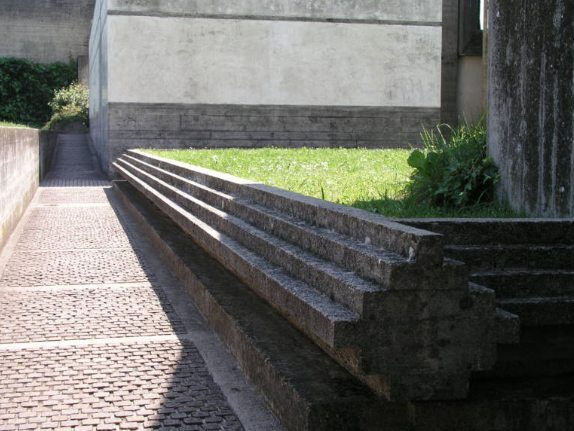Carlo Scarpa’s Landscape Design: An Artistic Fusion of Nature and Architecture
Carlo Scarpa is celebrated not only for his innovative architecture but also for his exceptional landscape designs that harmoniously blend built environments with natural elements. This fusion highlights the relationship between human activities and the natural world, offering insights that are relevant for landscape architects, students, and enthusiasts alike. Exploring Scarpa’s landscape designs can inspire contemporary practices in sustainable and meaningful design.
Understanding Scarpa’s Philosophy
At the heart of Scarpa’s work is a unique philosophy that seeks to create spaces that resonate with their surroundings. He believed in the importance of context; every design emerged from its setting. Scarpa viewed landscapes as intricate tapestries where architecture, materials, and nature intertwine seamlessly. His emphasis on detail, craftsmanship, and the thoughtful selection of materials encourages designers to consider how each element contributes to the overall experience of a space. By studying his philosophy, landscape architects can enhance their designs, making them not just visually appealing but also deeply connected to their environments.
Key Landscape Projects
Scarpa’s landscape designs are exemplified in projects such as the Brion Cemetery in Italy, which is a profound synthesis of architecture and landscape. The cemetery showcases a delicate interplay of water features, stone, and greenery, inviting visitors to reflect and find solace. Another notable project is the Fondazione Querini Stampalia in Venice, where Scarpa transformed the surroundings through the integration of courtyards and pathways that lead visitors through a journey of discovery. These projects offer a blueprint for creating spaces that not only serve a function but also evoke emotions, making them unforgettable.
Materiality and Craftsmanship
Scarpa’s meticulous choice of materials is instrumental in the success of his landscape designs. He often favored materials such as concrete, stone, and wood, not just for their durability but for their tactile qualities and ability to age gracefully. His work reveals a deep respect for craftsmanship; details like textured surfaces, carefully arranged stones, and flowing water elements enhance the sensory experience of a space. By prioritizing materiality and craftsmanship, Scarpa encourages contemporary designers to evoke a strong sense of place, ensuring that landscapes engage visitors on multiple levels.
In Conclusion
Carlo Scarpa’s landscape designs are more than just aesthetic achievements; they reflect a profound understanding of the relationship between spaces and their contexts. By examining his philosophy, key projects, and attention to materials, landscape architects and enthusiasts can draw inspiration to create spaces that honor both nature and human experience. To dive deeper into the world of Carlo Scarpa, consider visiting some of his notable sites or exploring resources dedicated to his work. Engaging with Scarpa’s legacy could enrich your perspective on landscape design, inviting you to appreciate the beauty that lies at the intersection of nature and art.

